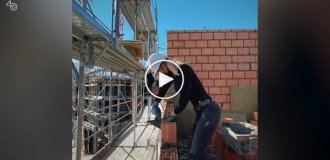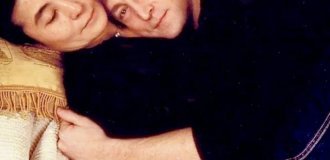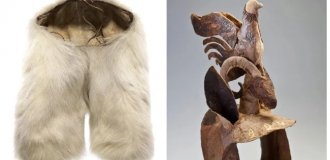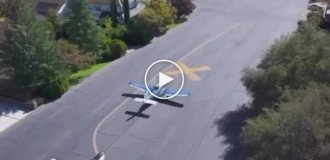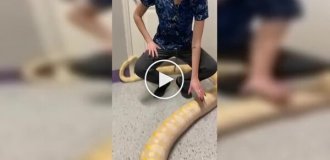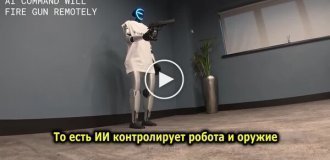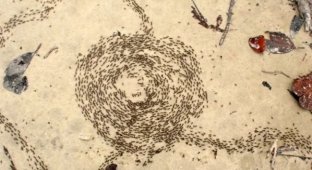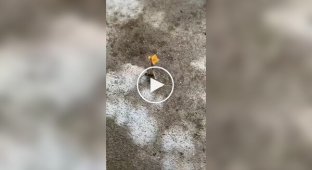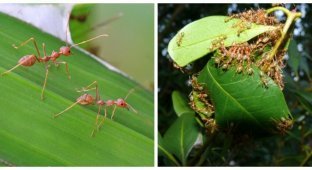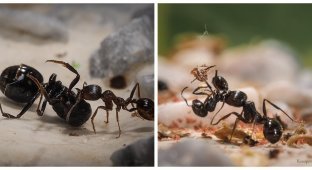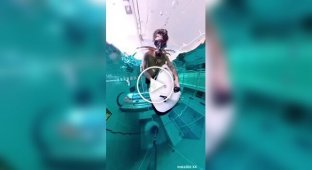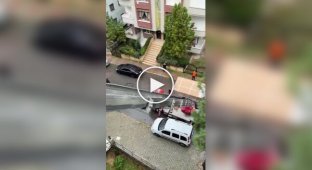You're walking down the street minding your own business in early August, and an ant flies past you, right at eye level. A winged one. And behind it, a whole pack of the same crazy flyers. And a bunch of questions immediately pop into your head: Who are they? What are they doing? And most importantly, should I be afraid of them? 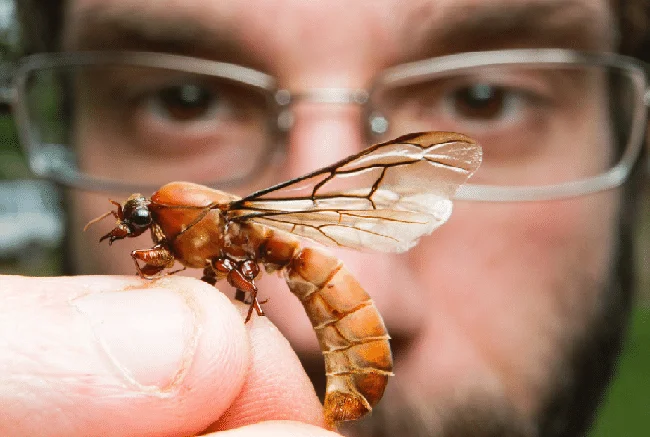
You shouldn't be afraid of these ones specifically, but you really want to.
Who are these?
The population of a normal anthill consists of four castes, each of which performs its own tasks. The most numerous of them - wingless and asexual female workers and soldiers - are not of interest to us today. We will write about their differences, specializations and features next time, especially if you express your desire to read about them in the comments. 
Despite the fact that all workers belong to the same caste, there are completely different specializations among them. For example, this is not a Mexican in a cool hat, but a door ant. That's right, its only task is to work the door.
But the other two castes, fertile males and females, are those very winged ants, which are in great numbers in the second half of summer. Winged ants are larger than workers and have a powerful, pronounced chest, under which the wing muscles are hidden. However, despite the greater external similarity, males and females have different behavior, tasks and life paths! 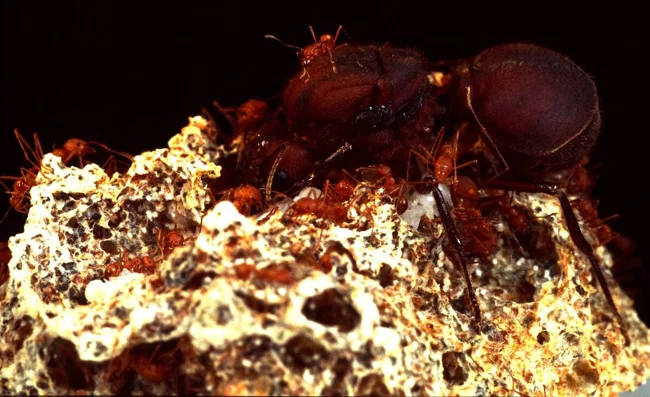
Sometimes queens are MUCH larger and stronger than their subjects.
What do they do?
They are multiplying! The second half of summer is the time for the mating flight of almost all species of ants in Europe and Siberia. The males are the first to leave the nest and go in search of queens from other nests. And since all anthills produce more males than females, a real swarm forms around each one. And this is very good! 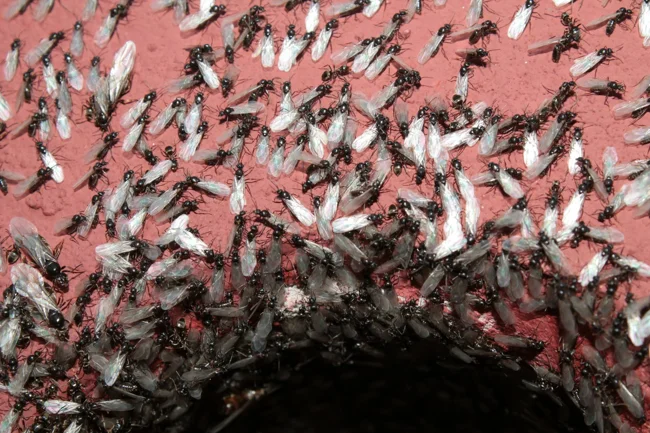
Ready for takeoff!
Only one "prince" will be able to mate with the female, the role of the rest is to serve as a living shield for the royal person. They will die in the beaks of insectivorous birds and the mandibles of dragonflies in the vain hope of passing on their genetic material to future generations. But no one regrets their death, because the males are just winged jars with hormones and sperm. They were useless for their nest and will become useless for the female after mating. They will be dead in a maximum of 3 weeks after the end of the flight, because without care and feeding from the workers, the males are not able to survive. 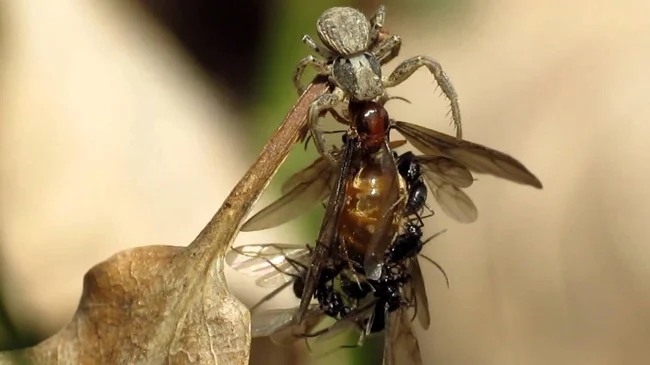
In case you feel sorry for the males: they are so crazy that they are ready to mate collectively with a female who is being eaten by a spider!
But females are made of different stuff. After fertilization, the female sits on the ground, throws off her wings and begins to settle in a new place. She will make the first nesting chamber with her paws, and catch the first prey of the anthill herself. She will look after the brood and clean the larvae from dirt. And only when the first generation of workers hatches, the hardworking queen will sit on the throne of the young kingdom. 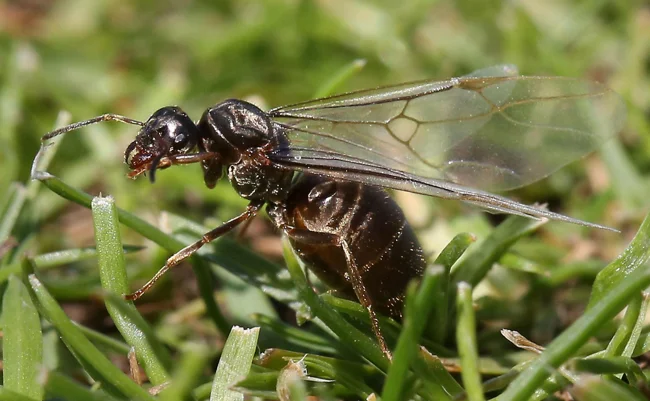
Female black garden ants prefer this tactic.
Or After fertilization, the female will sit on the ground next to the alien anthill, bite off her wings and break in, stunning the guards with special pheromones. She will fight her way into the nest chamber and engage in a duel with the queen, after which she will patiently and long subjugate the ants to her will through pheromones. And only when the last worker bows his head, the despotic queen will take the throne of the newly created chemical dictatorship. 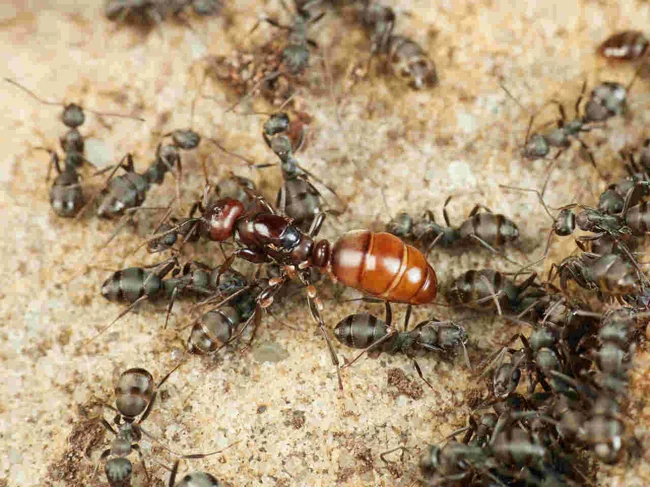
The dictator and her retinue.
Or After fertilization, the female sits down next to someone else's anthill, bites off her wings and sneaks inside, pretending to be one of the workers. There she will dig herself a small chamber, where she will sit almost all the time, only occasionally getting out into the anthill to steal food. And she will have no subjects, no throne. Just a small kennel and the constant fear of being discovered. 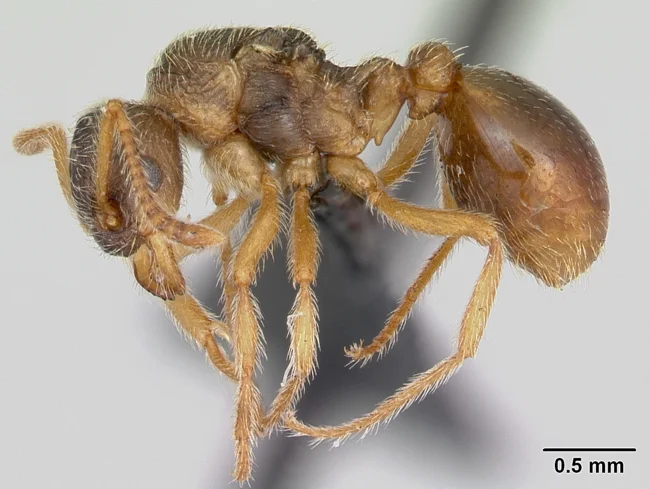
The last type of ants is the worst studied, it is very difficult to detect them. Myrmica karavaeva is one of these hangers-on.
Should we be afraid of them?
In the vast majority of cases, no, it is not worth it. Queens cannot harm a person directly, and any attempt to establish a colony in an apartment will end in failure. An unpleasant exception to this rule is female house ants, which can feed on your cookies. But they do not fly, but come immediately with a retinue from neighbors and spread from house to house through infected things. 
In an apartment, pharaoh ants can organize dozens of nests in secluded places!
But in a summer house or in a village, a female ant can easily saw herself a nest somewhere near the foundation or even directly in the house. And then torment your crops with aphids, whose pastures it organizes on your plants. Therefore, if you meet a winged ant on your plot - drive it away as far as possible, otherwise you will not be able to avoid problems!
1 comment
Add your comment
You might be interested in:
